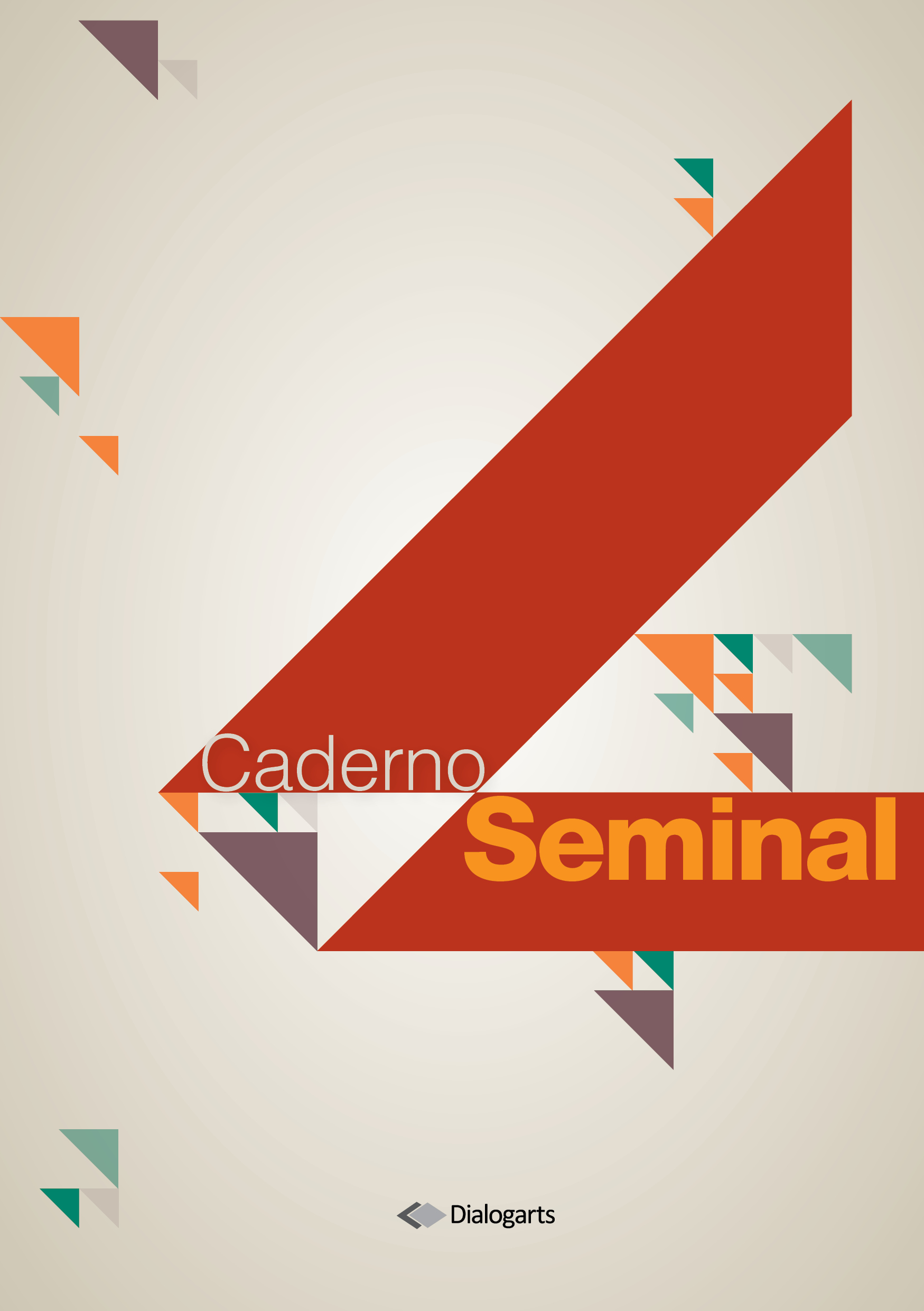A TRANSPOSIÇÃO DO ORAL PARA O AUDIOVISUAL: ROTEIROS DE VÍDEOS NO ÂMBITO ESCOLAR PRODUCTION OF VIDEO SCRIPTS AT SCHOOL SCOPE
Conteúdo do artigo principal
Resumo
Este artigo, a partir da Teoria a Iconicidade Verbal, busca compreender como as marcas textuais em narrativas orais possibilitam a transposição bem-sucedida para o audiovisual. A hipótese principal é a de que a abordagem icônica oferece uma base eficiente para essa transposição e o objetivo principal é transpor narrativa oral para texto audiovisual, tendo como fundamento essa teoria. De forma específica, tem como objetivos apresentar uma proposta de atividades didáticas para para produção de roteiro de textos audiovisuais no âmbito escolar, com foco no processo de significação. O aporte teórico está fundamento na abordagem de Simões (2009) acerca da Teoria da Iconicidade Verbal. Destaca-se a relevância da escolha da Teoria da Iconicidade Verbal como teoria basilar por conceber o texto como uma imagem que contém marcas textuais que direcionam aos significados, fornecendo pistas cruciais para a transposição para o contexto audiovisual. No contexto educacional, as atividades propostas à luz da Teoria da Iconicidade Verbal visam a atenuar barreiras em relação à ausência de familiaridade de docentes com técnicas cinematográficas, promover a compreensão dos signos do texto audiovisual e desenvolver habilidades essenciais para a convivência em uma sociedade digital. Os resultados destacam a eficácia da abordagem icônica na transposição do oral para o audiovisual, ressaltando sua importância no contexto contemporâneo de letramento midiático, já que a comprovação da possibilidade de transposição é uma realidade que impacta a forma como se percebe e como se ensina a linguagem audiovisual.
Downloads
Detalhes do artigo
Ao submeter seus manuscritos para publicação em nossos periódicos, os autores concordam com os seguintes termos:
a. Autores mantêm os direitos autorais e concedem à revista o direito de primeira publicação, com o trabalho simultaneamente licenciado sob a Creative Commons Attribution License, que permite o compartilhamento do trabalho com reconhecimento de sua autoria e da publicação inicial neste periódico.
b. Autores têm autorização para assumir contratos adicionais separadamente, para distribuição não exclusiva da versão do trabalho publicada neste periódico (ex.: publicar em repositório institucional ou como capítulo de livro), com reconhecimento de sua autoria e da publicação inicial neste periódico.
c. Autores têm permissão e são estimulados a publicar e distribuir seu trabalho online (ex.: em repositórios institucionais ou na sua página pessoal) antes ou durante o processo editorial, já que isso pode gerar alterações produtivas, bem como aumentar o impacto e a citação do trabalho publicado.

